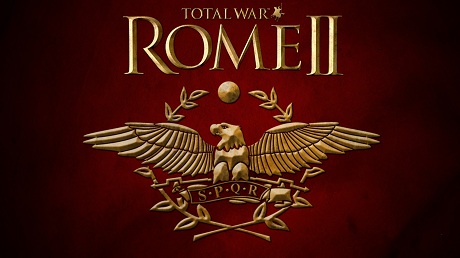Persian Assault Teteres - Thracian Warriors
Ramming attacks from these ships inflict terrible damage.A Thracian thinks himself unequalled by others. Perhaps he is right?
There is a good deal of debate as to how large ancient warships worked; the principles are understood, but the details are not always so clear. A Roman 'quadreme' or Greek 'tetreres' would seem to have four rows of oars if the name is translated literally. However, it is unclear how four sets of oars each with one rower apiece could be used without them getting in a terrible tangle even with a magnificently trained crew, or how the top set of rowers would be able to handle the extremely long oars pitched at a steep angle and still produce any power. The chances are that the term 'oar' had become synonymous with 'rower' and that the lowest bank had more than one man per oar. The other option was to go back to a double row of oars, with two men apiece. Two banks of oars would also have made for a cheaper construction task for each ship. Either way, the result was a ship that could rival the lighter trireme in speed, yet had more deck space for a large fighting contingent or artillery pieces.
(Thracian Warriors)
There were some forty tribes of Thracians who shared a common language and culture, inhabiting a vast area north of the Greek city-states. They were seen as war-loving, rebellious, rambunctious, bad enemies, and good allies in a fight. Many Greeks dreaded a time when they would be united under a single leader and sweep southwards. Such a turn of events never happened, but Thracians could be found across much of the Greek and Persian world fighting as mercenaries; they often specialised as skirmishers and light troops. At the Battle of Raphia in 217BC there were Thracians in both opposing armies, ready to do bloody work. The forward curving rhomphaia with its razor-sharp blade and long handle could lop off limbs in the hands of a skilled user, and Thracians were certainly skilled. The most famous Thracian 'general' of all never actually fought an action in Thrace or in command of a Thracian army; he was Spartacus, the commander of the last great slave rebellion against Rome in 73-71BC.
日本語化: JapanTotalWarとは
Unit Name Persian Assault Teteres - Thracian Warriors |
Main Unit Key Thr_Warriors_Four |
Land Unit Key Thr_Warriors |
Naval Unit Key barbarian_persian_four |
Soldiers 120 |
Category Medium Ship |
Class 近接艦 |
Custom Battle Cost 650 |
Recruitment Cost 650 |
維持費 130 |
Ship Health 760 |
└ Ship barbarian_persian_four |
Ship Speed 3 |
Melee Attack 46 |
Weapon Damage 45 |
├ Melee Weapon rome_rhomphaia |
├ Melee Damage Base 30 |
├ Melee Damage Ap 15 |
├ Armour Piercing Yes |
├ Bonus vs. Large 20 |
├ Bonus vs Elephants 20 |
└ Bonus vs Infantry 0 |
Charge Bonus 36 |
Melee Defence 12 |
├ Base Defence 12 |
├ Shield thracian |
└ Shield Defence 0 |
Armour 30 |
├ Armour cloth |
├ Armour Defence 10 |
└ Shield Armour 20 |
Health 50 |
├ Man Entity rome_infantry_medium |
├ Man Health 40 |
└ Bonus Hit Points 10 |
Base Morale 45 |
Abilities
Persian Assault Teteres- Row Hard 20
Increases speed for 20 strokes.
Ship speed
Attributes
- 潜伏 (森)
この部隊は、敵がすぐそばに接近するまで森に潜伏する事ができる。
Strengths & Weaknesses
Persian Assault Teteres- Average hull strength
- Medium crew
- Average speed
- Average ramming
- Average boarding
- Average attack
- Weak defence
- Average damage but low armour penetration
- Poor morale
| Faction Availability | |
|---|---|
| グランドキャンペーン | |
| Imperator Augustus | |


 English
English Français
Français Italiano
Italiano Deutsch
Deutsch Español
Español Русский
Русский Čeština
Čeština Polski
Polski Türkçe
Türkçe 简体中文
简体中文 正體中文
正體中文
